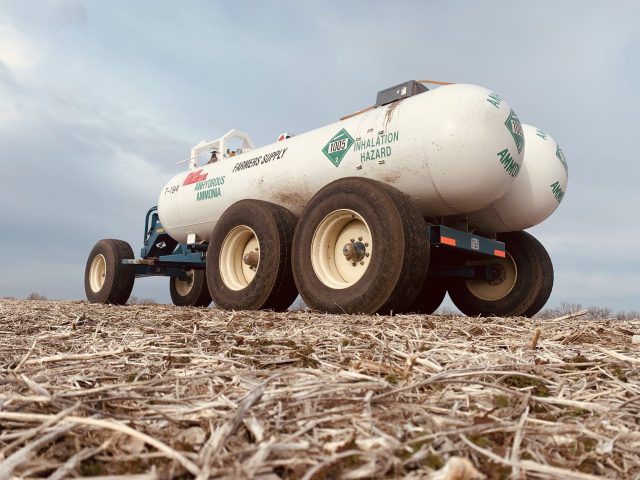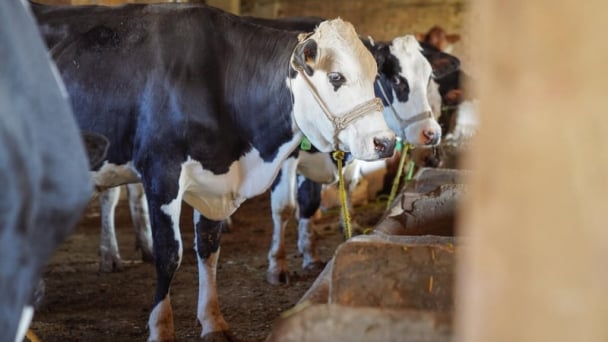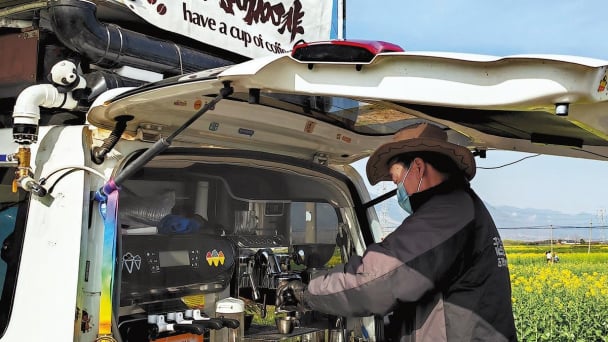May 20, 2025 | 22:44 GMT +7
May 20, 2025 | 22:44 GMT +7
Hotline: 0913.378.918
May 20, 2025 | 22:44 GMT +7
Hotline: 0913.378.918
for the first two rounds of a new grant program to add innovative domestic fertilizer production capacity.

Photo: IARN Stock
USDA also announced the first $29 million in grant offers under the first round that focused on projects that can come online in the near term. The grants will help independent businesses increase production of American-made fertilizer, which will spur competition, give U.S. farmers more choices and fairer prices and reduce dependence on unreliable foreign sources like Russia and Belarus. Vilsack made the announcement at the 2023 Commodity Classic, in Orlando, Florida, the same event where he first unveiled the program a year earlier.
“I know that increased costs for fertilizer and other inputs have put a strain on farmers and cut into the bottom line,” Vilsack said. “By expanding the production of domestic fertilizer supplies, we can grow independent local businesses, bring production and jobs to rural communities and support fair prices for our farmers.”
The Biden-Harris administration’s Fertilizer Production Expansion Program is part of a government-wide effort to promote competition in agricultural markets. The program supports fertilizer production that is independent, made-in-America, innovative, sustainable and farmer-focused.
Vilsack made the initial announcement to dedicate $250 million at the 2022 Commodity Classic, the same event where he is making the first awards a year later. From the start, it has been clear there is strong demand for the program and even before applications were being taken, President Joe Biden directed USDA to increase the program to $500 million at a farm visit in Illinois in May 2022. This fall, demand for the program was immediately evident by the sheer number, range and diversity of applications. More than 350 applications came in from applicants of every size and business model, including cooperatives, Tribal communities, female-owned companies and public bodies. These applicants requested between $1 million and $100 million for projects across 47 states, Puerto Rico and the Virgin Islands.
In all, $3 billion in funding was requested for projects that could increase production immediately for Crop Years 2023 and 2024, as well as bolster long-term availability of U.S.-produced fertilizer. Projects were proposed for both fertilizers and nutrient alternatives, and represented different technologies, including composters, complex manufacturing, farm supply blenders and distributors.
Awards
The first round of FPEP was focused on projects that could increase fertilizer capacity for the 2023 or the 2024 crop year, to prioritize projects with near-term impact. From the High Plains Journal area:
(hpj)

(VAN) Attempts to bring down the price of the Japanese staple have had little effect amid a cost-of-living crisis.

(VAN) Fourth most important food crop in peril as Latin America and Caribbean suffer from slow-onset climate disaster.

(VAN) Shifting market dynamics and the noise around new legislation has propelled Trouw Nutrition’s research around early life nutrition in poultry. Today, it continues to be a key area of research.

(VAN) India is concerned about its food security and the livelihoods of its farmers if more US food imports are allowed.

(VAN) FAO's Director-General emphasises the need to work together to transform agrifood systems.

(VAN) Europe is facing its worst outbreak of foot-and-mouth since the start of the century.

(VAN) The central authorities, in early April, released a 10-year plan for rural vitalization.